The biggest problem for the footwear industry is rising costs
 |
| Ms. Phan Thi Thanh Xuan |
Could you tell us how the leather and footwear exports have been in the past 8 months? How do you assess the recovery of the markets?
In the first 8 months of 2024, leather and footwear exports have grown, with an increase of more than 10%, and many markets are recovering. With the current recovery rate, it is expected that the leather and footwear industry will export about 27 billion USD this year.
However, the recovery has not yet returned to pre-Covid-19 levels. However, a recovery trend is gradually emerging. The biggest challenge now is the shortage of labor. When orders return, many businesses are having difficulty recruiting enough workers, limiting the ability to maximize production. In addition, the supply of raw materials is still not really strong, causing production costs to increase. Input and labor costs have both increased, while labor costs account for about 25% of product costs. If costs continue to increase, businesses will have difficulty making a profit. Therefore, to compete, businesses must innovate technology. However, not all businesses have enough potential to invest in new technology, so they have to restructure and optimize costs to continue receiving orders. There is no shortage of orders, but the biggest problem is that costs are increasing while selling prices do not increase, and are even forced to decrease. To retain workers in the current context, what solutions do you think are needed?
Retaining workers requires efforts from both sides: businesses and the state. Businesses need to improve welfare and working conditions to retain workers, since if there is a shortage of workers, they cannot produce and meet orders. On the state side, there also need to be appropriate support policies to ensure the rights of workers. However, these policies must be harmonious and balance the interests of workers and business owners. If too much focus is placed on one side, it can pose risks to the other. Retaining workers has become a vital issue for businesses in the footwear industry, because workers are truly valuable assets of businesses.
A recent issue of concern and discussion is the proposal to establish a center for developing raw materials for the textile and footwear industry. In your opinion, what solutions are needed to ensure the success of this project?
To establish a center for developing raw materials for the textile and footwear industry, we need to study and learn from the models of other countries, but must adjust them to suit domestic realities to create development opportunities.
Looking back over the past time, many centers have been established but there have also been many failures. There are two main reasons for failure: the first is that the scale is too small and the second is that the location is not favorable. For supply centers, location plays an extremely important role because it must be close to the transportation system to save on transportation costs. If businesses do it themselves without favorable policy support, they will have difficulty attracting investment. Just like when attracting foreign investment, we must introduce new preferential policies that can create competitive advantages.
The lesson from previous failures is that many businesses do not have advantages in location, are small in scale and lack reasonable support mechanisms. Therefore, it is necessary to have the participation of the state, from ministries, branches to localities, to jointly build a feasible plan with the participation of all relevant parties, including enterprises, associations and state management agencies. At the same time, the deals can also provide more information to build a reasonable development plan and take advantage of existing advantages.
Currently, the leather and footwear industry is facing many strict standards and regulations from import markets. According to you, to what extent are businesses in the industry currently meeting these standards?
Meeting green standards is a gradual process, because it involves a lot of investment in technology. For example, businesses must switch to using clean energy or replace fuel sources such as coal burned in factories. These are requirements that require large resources. However, businesses are well aware that if they do not change, there will be no more orders. The businesses that have been able to maintain and develop up to this point are those that have invested in green standards. On the contrary, those that cannot adapt will gradually be eliminated from the market.
Related News

“Greening” the textile, garment and footwear industry: Motivation from challenges
09:37 | 07/11/2024 Import-Export

Developing a raw material trading center to address bottlenecks in the textile and footwear industry
14:00 | 10/09/2024 Import-Export
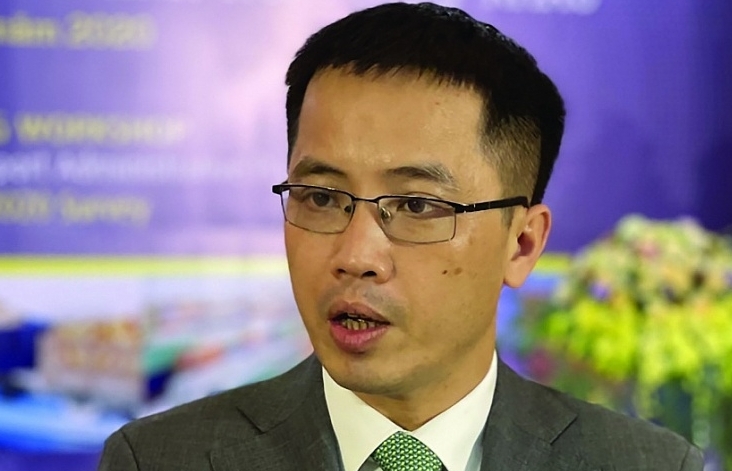
Supporting businesses in cost reduction
10:42 | 15/01/2024 Headlines
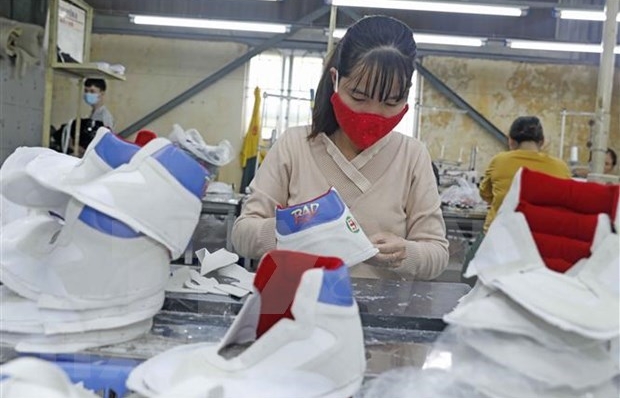
Footwear industry must implement green development to gain growth targets: Experts
14:48 | 21/06/2023 Import-Export
Latest News

Việt Nam set to become regional manufacturing tech hub this year
15:53 | 02/01/2025 Import-Export

Computers, electronics and components lead imports in 2024
15:51 | 02/01/2025 Import-Export

Hardware and electronics exports rebound
13:31 | 01/01/2025 Import-Export
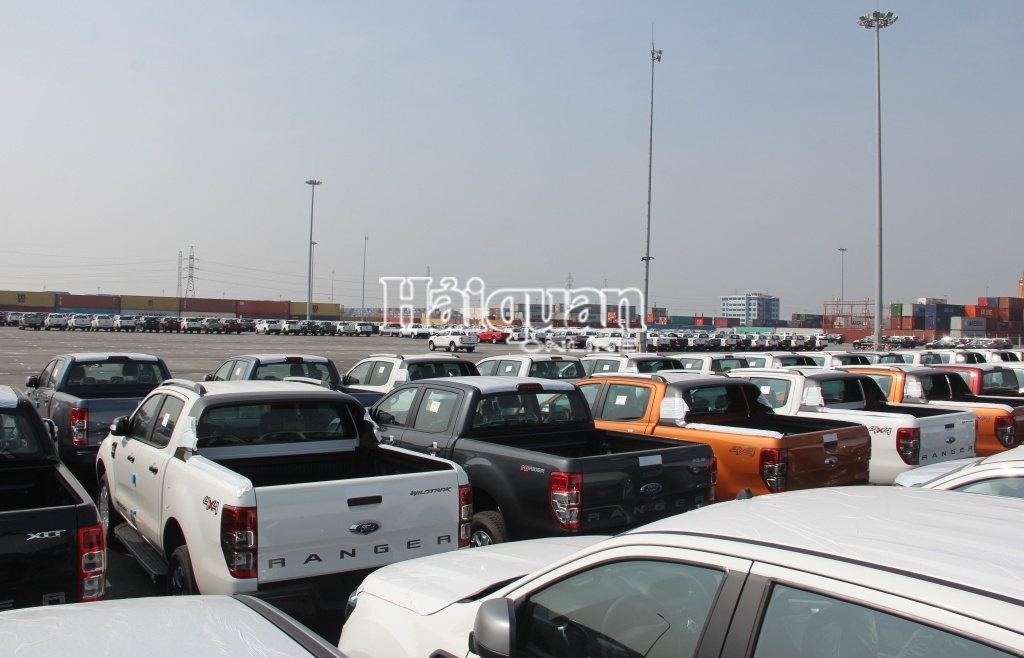
Imported automobiles show a declining trend in early December
15:30 | 31/12/2024 Import-Export
More News

Footwear industry set to gain $27 billion in export this year
15:29 | 31/12/2024 Import-Export

Rice export sets new record in 2024, but 2025 expected to be tough
15:28 | 31/12/2024 Import-Export

Lower steel export forces businesses to eye domestic market
15:25 | 31/12/2024 Import-Export
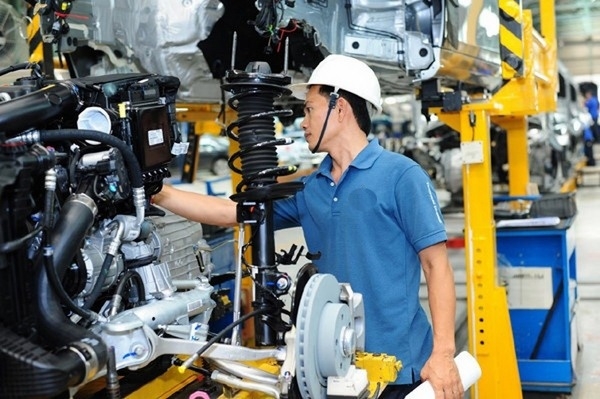
Industrial production maintains rapid and throughout bounceback
15:20 | 31/12/2024 Import-Export
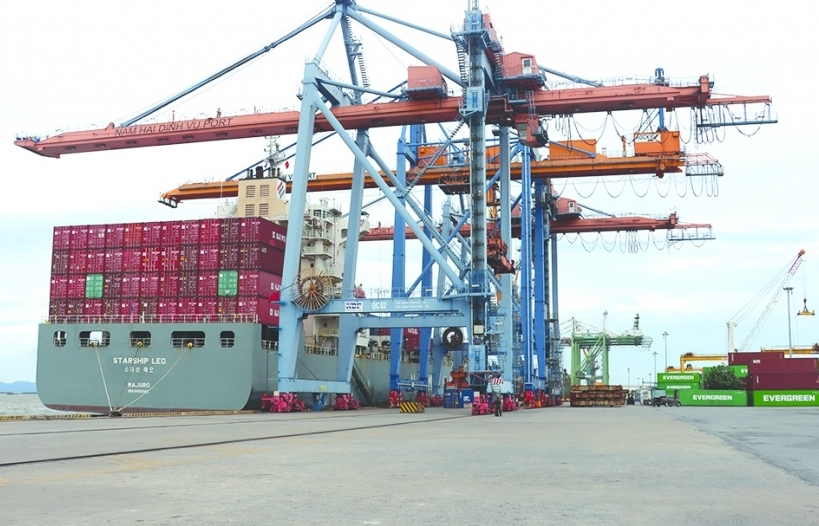
Six export commodity groups see billion-dollar growth
07:55 | 31/12/2024 Import-Export

Sustainable Green Development: New Driving Force for the Retail Industry
07:44 | 31/12/2024 Import-Export

The Middle East: a promising seafood export market for Vietnam
07:43 | 31/12/2024 Import-Export

Increasing consumption demand, steel enterprises have many opportunities
07:43 | 31/12/2024 Import-Export
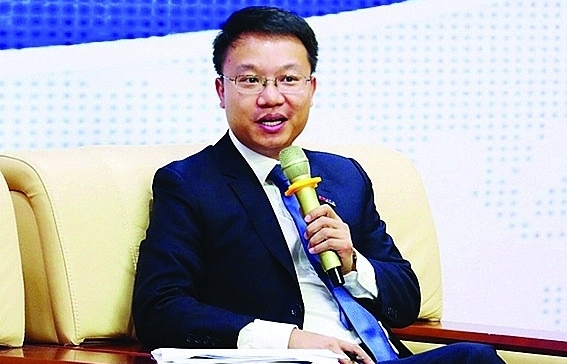
Sustainable opportunities for Vietnamese goods to penetrate the global market
13:54 | 30/12/2024 Import-Export
Your care

Việt Nam set to become regional manufacturing tech hub this year
15:53 | 02/01/2025 Import-Export

Computers, electronics and components lead imports in 2024
15:51 | 02/01/2025 Import-Export

Hardware and electronics exports rebound
13:31 | 01/01/2025 Import-Export

Imported automobiles show a declining trend in early December
15:30 | 31/12/2024 Import-Export

Footwear industry set to gain $27 billion in export this year
15:29 | 31/12/2024 Import-Export





